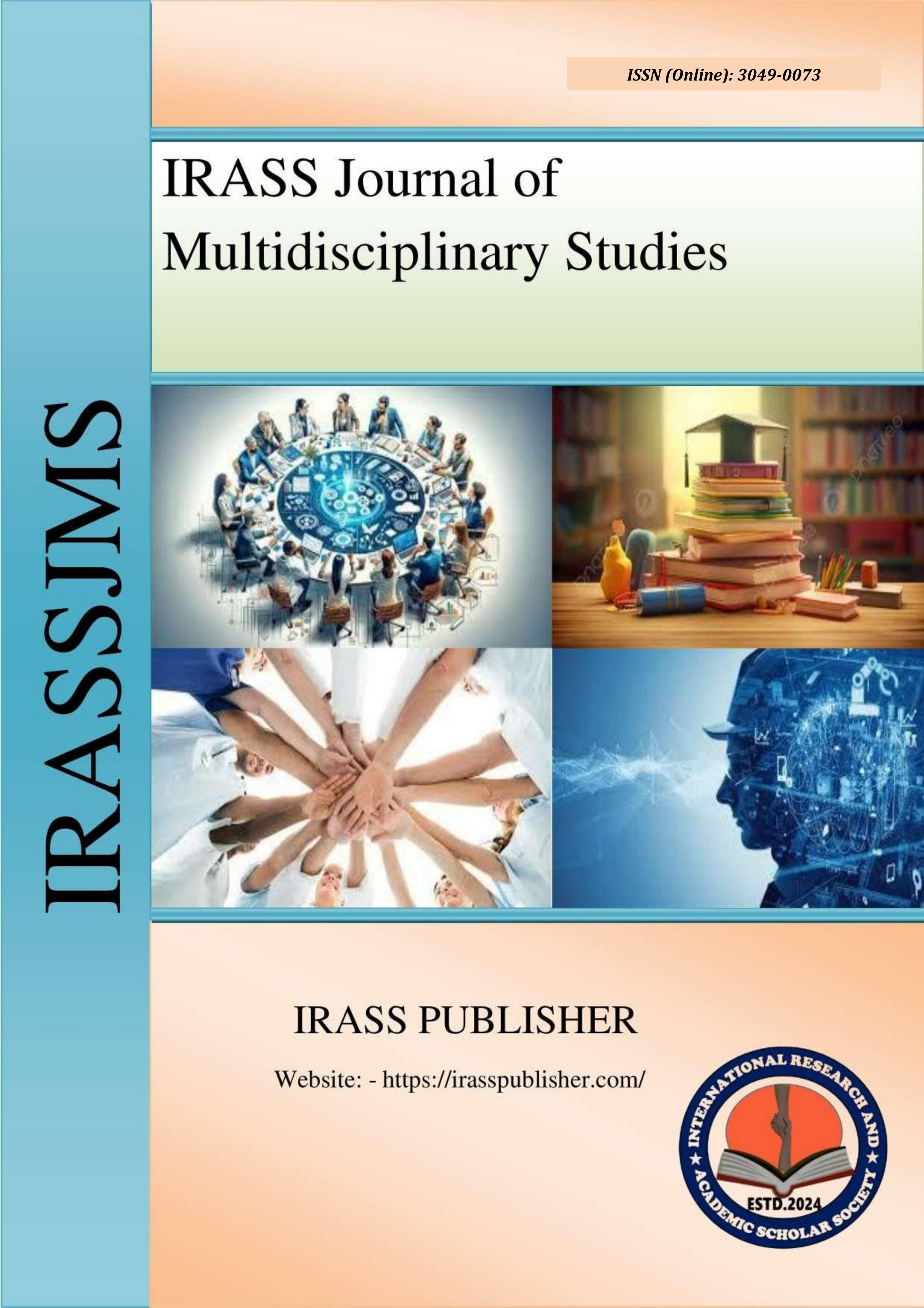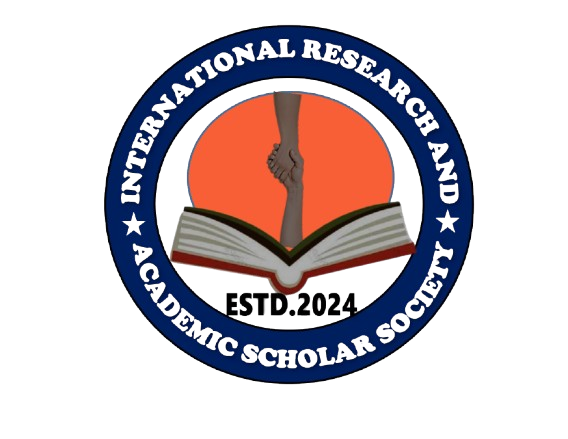Evaluating the Potential of a Solitary Enzyme ‘α-amylase’ on Saccharification of Deteriorated Rice for Bio-Ethanol Production
Sr No:
Page No:
97- 102
Language:
English
Authors:
Sumit Sarkar, Preeti Kaur, Prachi Vaswani* , Purna Chandra Sahu , Santosh Kumar Maitry
Received:
2025-02-26
Accepted:
2025-03-11
Published Date:
2025-03-16
GoogleScholar:
Click here
Abstract:
Rice (Oryza sativa) is a vital staple food for over half of the global population, with
Chhattisgarh, India, being a significant producer often referred to as the 'Rice Bowl' of the
country. Despite its large-scale production, substantial quantities of rice become deteriorated and
unfit for human consumption, resulting in considerable waste. This study investigates the
conversion of deteriorated rice into bioethanol as a sustainable solution to address both
environmental and economic challenges. The process involves starch liquefaction, enzymatic
hydrolysis, fermentation, and distillation. This manuscript focuses on optimizing the use of αamylase, a key enzyme for converting rice starch into fermentable sugars. Three varieties of
deteriorated rice were evaluated, with DRS 2 showing the highest starch concentration of
73.61%. Optimal hydrolysis conditions were determined to be 8% α-amylase concentration, pH
6.5, and 90°C, which yielded 79.78% reducing sugars. Subsequent fermentation with
Saccharomyces cerevisiae and a two-stage distillation process produced an ethanol yield of 22.8
grams per 100 grams of deteriorated rice. This study demonstrates that utilizing deteriorated rice
for bioethanol production is a viable, cost-effective, and environmentally friendly alternative to
fossil fuels. It offers a means to reduce waste, lower greenhouse gas emissions, and potentially
boost local economies by providing a renewable energy source.
Keywords:
Bioethanol, Single enzyme hydrolysis, Renewable energy, Waste reduction, Environment sustainability, Deteriorated rice feedstock, Saccharification, Starch Liquefaction.
Journal: IRASS Journal of Multidisciplinary Studies
ISSN(Online): 3049-0073
Publisher: IRASS Publisher
Frequency:
Monthly
Language:
English

